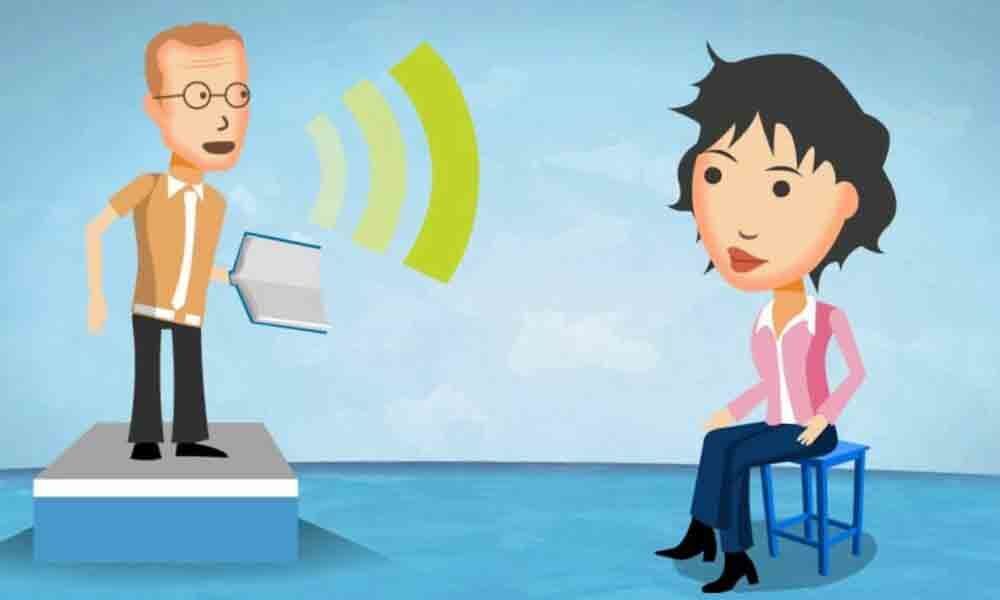Live
- New India believes in giving a dose, not dossiers, to terror masterminds: PM Modi
- Nagarkurnool MLA Kuchukulla Rajesh Reddy should send Malluravi to Parliament for the third time
- Awareness conference on Mayday under the auspices of Legal Service Authority
- Adani Power logs 37 per cent revenue growth in FY24, consolidated PBT more than doubled
- Rohit said 'just show us what you can do', recalls Shivam Dube post T20 WC selection
- Resignations of Lovely, Naseeb and Basoya indicate Congress high command's disconnect with ground reality
- Hamas standing in way of ceasefire, Blinken says during meeting with Israeli PM Netanyahu
- Amit Shah holds massive roadshow in Karnataka's Haveri
- She team for women - Additional SP Rameshwar
- Maruti Suzuki India begins pre-booking of Epic New Swift at Rs 11K per unit









